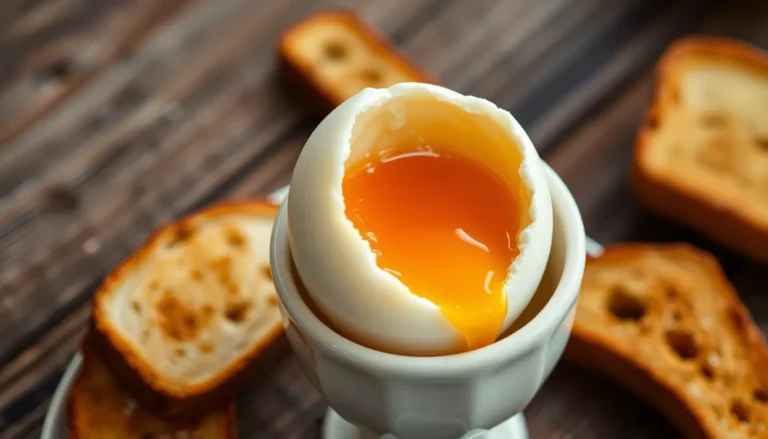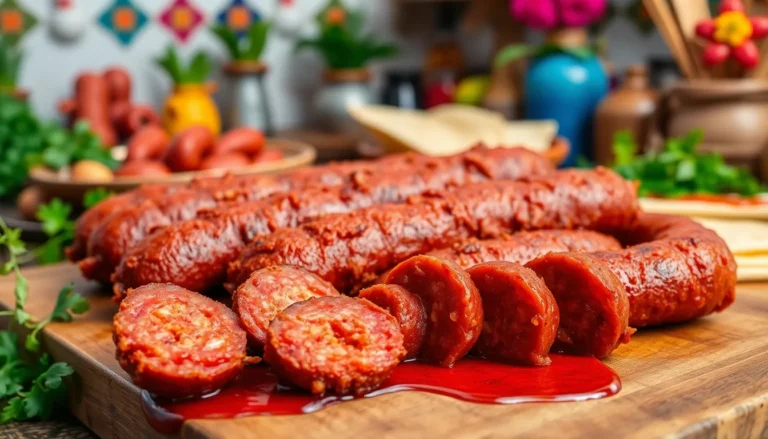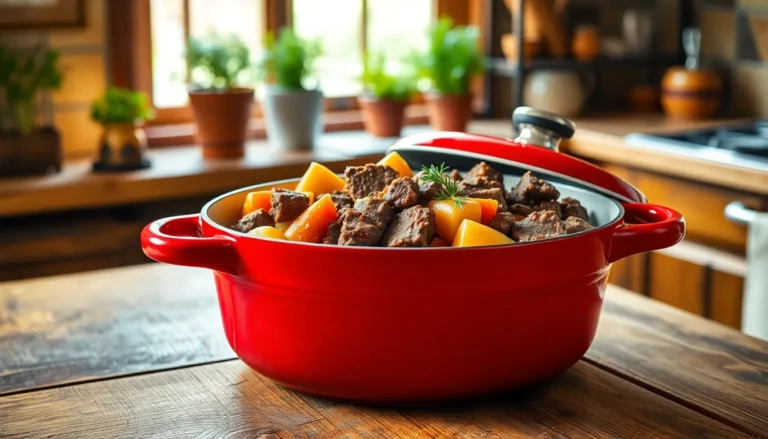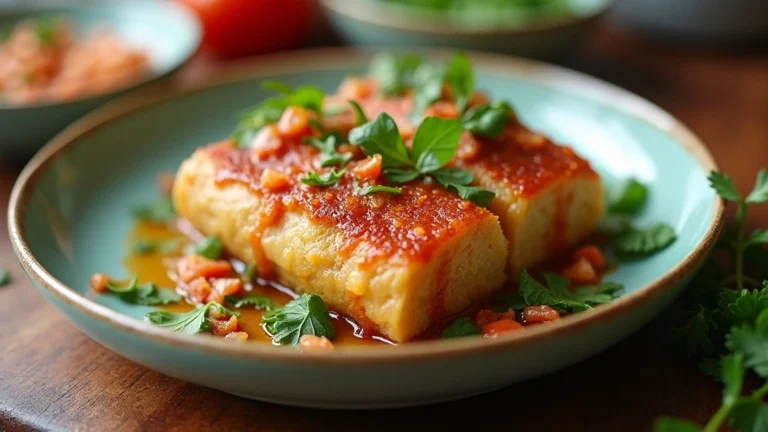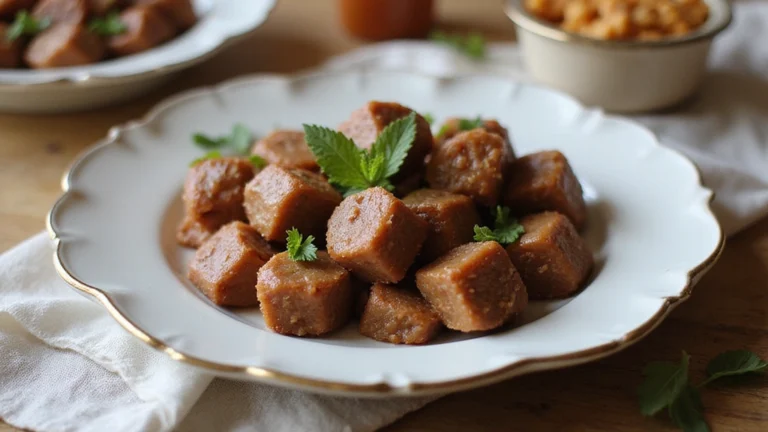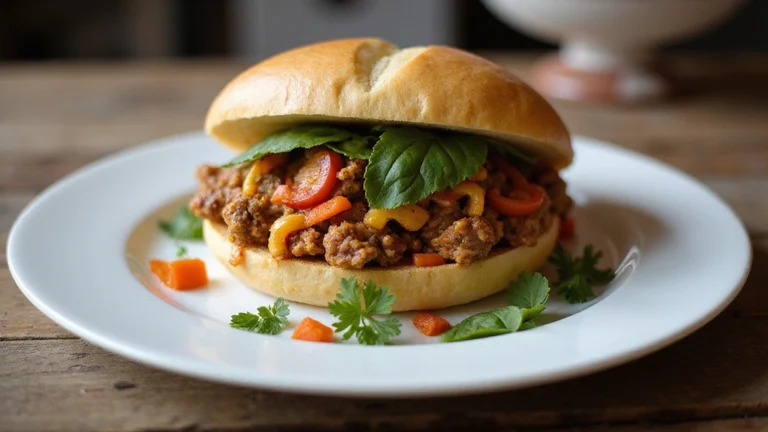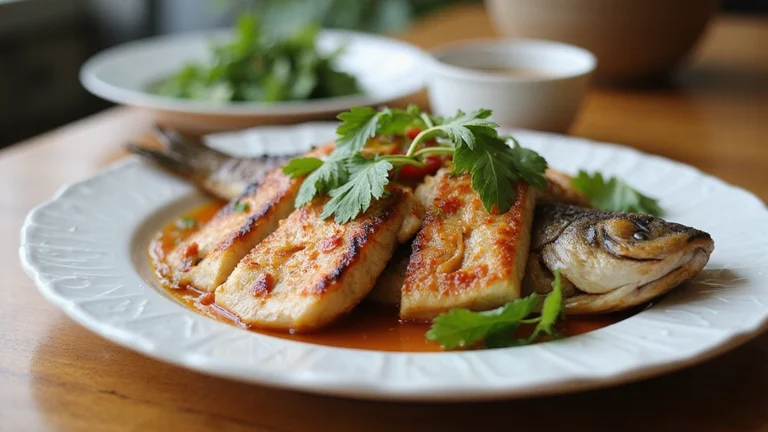
What is the best cook for steak? It’s a question that divides food enthusiasts and ignites passionate debates among chefs worldwide. The perfect steak combines ideal temperature, cooking method, and timing to achieve that mouthwatering balance of flavor and texture.
Whether you’re a backyard grilling enthusiast or a home cook looking to elevate your dinner game, mastering steak preparation can transform an ordinary meal into an extraordinary culinary experience. From rare to well-done, cast iron to grill, the method you choose significantly impacts the final result. The right technique means the difference between a tender, juicy masterpiece and a tough, disappointing dinner.
Understanding Steak Cuts and Quality
Selecting the right cut of steak is just as crucial as choosing the perfect cooking method. Different cuts offer unique flavor profiles, textures, and fat distributions that respond differently to various cooking techniques.
Prime vs. Choice vs. Select Grades
USDA grades determine the quality of beef based on marbling and age. Prime grade steaks contain abundant marbling (intramuscular fat) that creates a buttery texture and rich flavor when cooked. Choice grade offers less marbling than Prime but remains juicy and flavorful, making it the most commonly available grade in supermarkets and restaurants. Select grade features minimal marbling and tends to be leaner, often requiring additional tenderizing methods or marinades to enhance tenderness and flavor. The difference between these grades becomes most noticeable when cooking methods like grilling or pan-searing are used, as marbling melts during cooking to distribute flavor throughout the meat.
Popular Cuts for Different Cooking Methods
Certain steak cuts perform better with exact cooking approaches due to their composition. Ribeye steaks, with their generous marbling and fat cap, excel when grilled or pan-seared at high temperatures that render the fat for maximum flavor development. Filet mignon’s lean, tender profile works perfectly with gentler cooking methods like reverse searing or sous vide followed by a quick sear. New York strip offers a balanced middle ground with moderate marbling and a firm texture that responds well to most cooking methods. T-bone and porterhouse steaks combine two cuts—the strip and tenderloin—requiring careful attention to temperature as each section cooks differently. Flank and skirt steaks, being thinner cuts with pronounced grain, benefit from quick cooking at high heat followed by proper slicing against the grain to maximize tenderness.
Essential Equipment for Perfect Steak
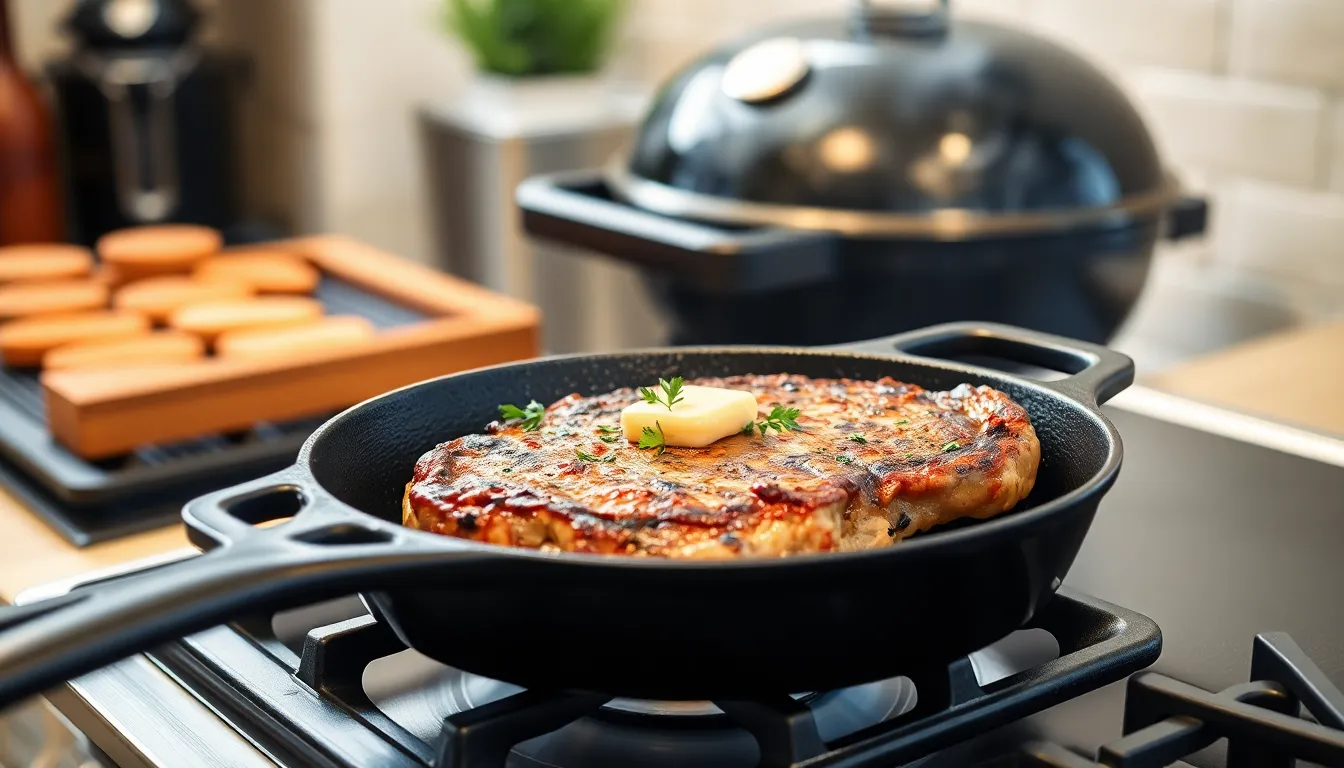
The right equipment makes a important difference in cooking the perfect steak. Having the proper tools ensures consistent results and helps you achieve that restaurant-quality sear and flavor at home.
Cast Iron Skillet vs. Grill
Cast iron skillets deliver exceptional heat retention and distribution, creating an evenly cooked steak with a beautiful crust. Their consistent, even heat allows you to baste your steak with butter and herbs, infusing additional flavors while maintaining a crusty exterior and moist interior. Cleanup becomes manageable with proper care, though you’ll need to monitor heat levels carefully to prevent sticking.
Grills offer that distinctive smoky, charred flavor that’s impossible to replicate indoors. They allow fat to drip away from the meat, resulting in a less greasy final product. Many outdoor enthusiasts prefer grilling for its authentic flavor profile and the ease of setup and cleanup. The main challenge with grilling comes from temperature control, as open flames can make it harder to achieve precise doneness throughout the steak.
Temperature Tools and Their Importance
An instant-read thermometer is essential for achieving your desired level of doneness. For a perfect medium-rare steak, aim for an internal temperature between 125–130°F. These precise measurements eliminate guesswork and ensure consistent results every time you cook.
Sous vide cooking enhances temperature precision by using a water bath to cook steaks at exact temperatures before finishing with a quick sear. This method guarantees edge-to-edge doneness with perfect color throughout the meat.
The reverse sear technique relies heavily on temperature monitoring for optimal results. This modern approach involves slow-cooking your steak in a low-temperature oven followed by a hot skillet finish, producing evenly cooked meat without overcooking the exterior. Temperature tools play a crucial role in this method, letting you know exactly when to transfer from oven to skillet for the final sear.
Cooking Methods Compared
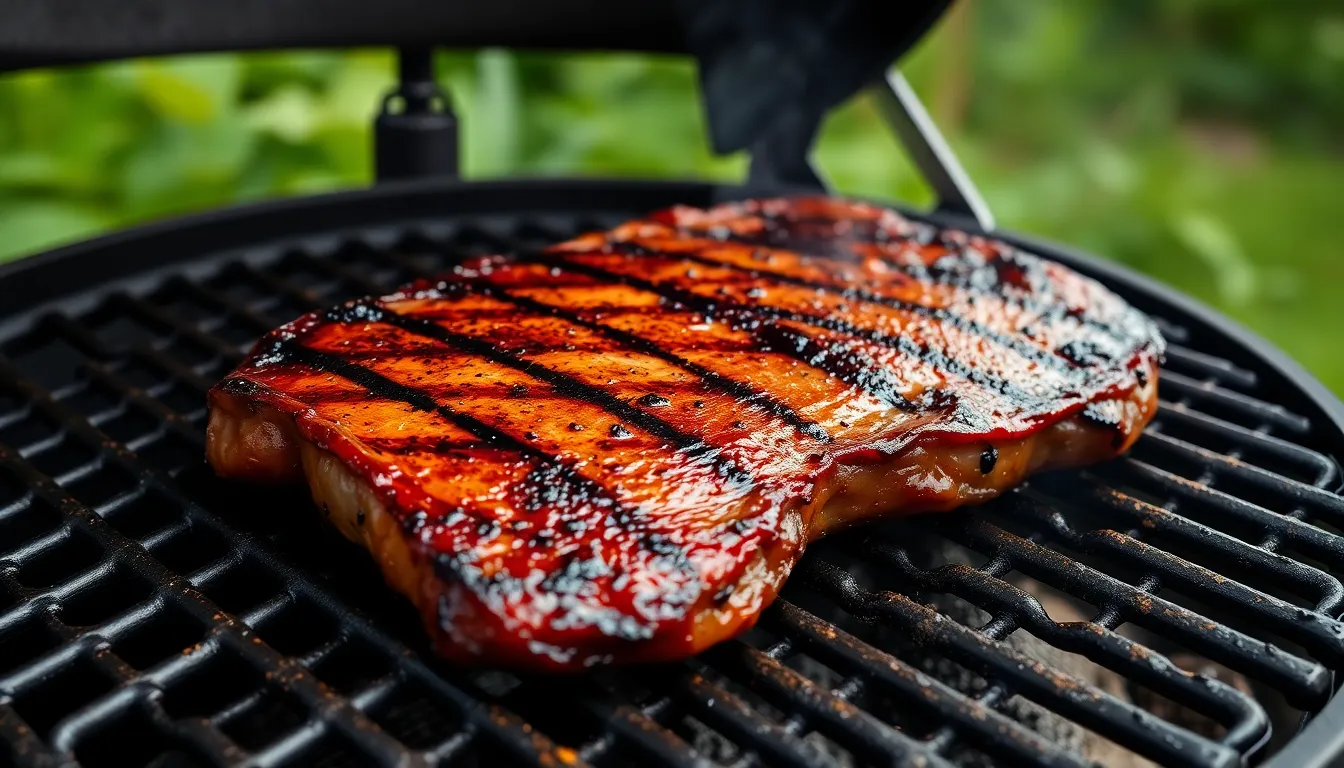
Each steak cooking method delivers unique benefits and flavors, making your choice dependent on your preferences, equipment, and the cut you’re working with. Different techniques excel at creating various textures and doneness levels, with each offering distinct advantages for exact situations.
Pan-Searing Technique
Pan-searing creates a flavorful, crisp crust on steaks through high-heat cooking in a skillet. This method works particularly well for thin to medium-thick cuts, giving you that restaurant-quality exterior while maintaining control over interior doneness. The beauty of pan-searing lies in its simplicity – it requires minimal preparation and cooks quickly, making it perfect for weeknight dinners. Heat retention from a quality skillet ensures even browning across the steak’s surface, developing complex flavors through the Maillard reaction.
Reverse Searing Method
Reverse searing delivers exceptional results by first slow-cooking steaks in a low-temperature oven (175°F–275°F) followed by a quick high-heat sear. This technique produces remarkable evenness throughout thick cuts with a significantly reduced gray band between the crust and the pink interior. Your steak cooks to precise doneness during the gentle oven phase, while the finishing sear creates that coveted crust without risking overcooking. Many professional chefs recommend this method for thick steaks like ribeyes or tomahawks, as it offers superior control over doneness and exceptional juiciness compared to traditional methods.
Sous Vide Approach
Sous vide cooking transforms steak preparation with its precisely controlled water bath method that eliminates guesswork. Your steak cooks in a vacuum-sealed bag at an exact temperature matching your desired doneness, creating perfect edge-to-edge consistency impossible to achieve with traditional methods. This technique proves especially valuable for delicate or premium cuts where consistency matters most. The gentle cooking process preserves moisture and tenderness, requiring only a quick sear afterward to develop a flavorful crust. Sous vide also offers unparalleled convenience for entertaining, as steaks can remain in the water bath until guests arrive without risk of overcooking.
Grilling to Perfection
Grilling imparts distinctive smoky flavors and attractive char marks that many steak enthusiasts crave. Direct high heat from charcoal or gas grills creates exceptional crust development while allowing rendered fat to drip away from the meat. This cooking method shines with thicker cuts and creates that quintessential backyard barbecue experience that’s deeply satisfying. The flavor compounds created by fat dripping onto hot coals infuse the meat with complex tastes unattainable through other cooking techniques. Grilling offers excellent results for robust cuts like ribeye or strip steak, though it requires more attention to timing than precision methods like sous vide.
Temperature Guidelines for Steak Doneness
Cooking steak to the perfect temperature transforms an ordinary piece of meat into a mouthwatering culinary experience. Each temperature range creates a distinct texture and flavor profile that caters to different preferences.
Rare (120°F to 130°F)
Rare steak features a cool, red center with a thin, seared exterior. At 120°F to 130°F (49°C to 54°C), the proteins haven’t fully contracted, resulting in a tender, buttery texture. The meat retains most of its natural juices, offering a pronounced beefy flavor that many steak enthusiasts consider the purest expression of the meat. This doneness level works beautifully with high-quality, tender cuts like filet mignon or ribeye.
Medium-Rare (130°F to 135°F)
Medium-rare steak achieves the perfect balance between tenderness and flavor development at 130°F to 135°F (54°C to 57°C). The warm red center gradually transitions to a pinkish hue toward the edges, surrounded by a flavorful, caramelized crust. This temperature range allows the fat to render partially while maintaining the meat’s juiciness. Medium-rare is often considered the ideal doneness level by chefs and steak connoisseurs for most premium cuts.
Medium (140°F to 145°F)
At 140°F to 145°F (60°C to 63°C), medium steak displays a warm pink center with more thoroughly cooked edges. The proteins have contracted further, creating a slightly firmer texture while still maintaining good moisture levels. Medium doneness offers a compromise between tenderness and a more developed flavor profile, making it an excellent choice for slightly fattier cuts like New York strip or ribeye where additional fat rendering enhances the eating experience.
Medium-Well (150°F to 155°F)
Medium-well steak reaches 150°F to 155°F (66°C to 68°C), resulting in just a hint of pink in the center with predominantly brown coloration throughout. The meat becomes firmer as more proteins contract and moisture diminishes. This doneness level works well for cuts with more connective tissue or for those who prefer less visual redness while still maintaining some juiciness.
Well-Done (160°F or above)
Well-done steak is cooked to 160°F (71°C) or higher, producing a completely brown interior with no pink remaining. While often maligned by steak enthusiasts, a properly cooked well-done steak can still retain some moisture if prepared carefully. This doneness level significantly changes the texture and flavor profile of the meat, with proteins fully contracted and many of the natural juices evaporated. Tougher cuts with substantial marbling sometimes benefit from this thorough cooking.
The Importance of Resting Your Steak
Resting your steak allows the redistributed juices to settle evenly throughout the meat after cooking. During the cooking process, heat forces the juices toward the center of the steak, creating a moisture imbalance. Thin cuts need 5-7 minutes of resting time to achieve optimal juiciness. Thicker steaks benefit from 10-20 minutes of rest to fully redistribute their internal moisture. Following the guideline of 5 minutes per inch of thickness ensures your steak maintains its succulence and flavor when served. Cutting into a steak too soon results in juices spilling onto the plate rather than remaining in the meat where they enhance every bite.
Seasoning Philosophies for Great Steak
Seasoning transforms a good steak into an extraordinary culinary experience, with various approaches yielding different flavor profiles. Understanding these philosophies helps you develop your own signature style that complements the natural quality of your meat.
Natural Flavors
The purist approach to steak seasoning celebrates the meat’s inherent qualities with minimal intervention. Expert chefs often recommend using only olive oil and coarse salt to enhance the steak’s natural flavors rather than masking them. This simple combination creates an appealing surface texture while allowing the beef’s natural taste to remain the star of the show. High-quality cuts like prime ribeye or well-marbled strips particularly benefit from this minimalist treatment.
Salt Timing Strategies
Salt timing dramatically impacts your steak’s final texture and moisture content. Adding salt just before cooking prevents it from drawing out moisture and helps create that coveted crispy crust that steak enthusiasts desire. This pre-cooking salting technique ensures the salt doesn’t dissolve and disappear into the meat, instead forming a flavorful exterior layer that enhances each bite. For thick cuts, some chefs salt 40 minutes in advance to allow the meat to reabsorb the moisture and salt, creating a natural brine effect.
Compound Butter and Finishing Touches
Compound butter elevates steak with rich, aromatic flavors that melt beautifully over the hot surface. A classic compound butter combines unsalted butter with fresh herbs (parsley, chives, rosemary), minced garlic, and lemon zest for a bright, complex addition that complements beef’s robust flavor. The butter melts into the steak, creating pockets of flavor throughout each slice and adding a luxurious sheen to the finished dish.
Finishing techniques like the reverse sear method provide the perfect final touch to your steak experience. This approach involves slowly cooking the steak in the oven to your desired internal temperature before finishing with a quick, high-heat sear on the stovetop. The result is edge-to-edge consistent doneness with a beautifully caramelized exterior. Unlike traditional methods, steaks cooked with the reverse sear technique typically don’t require resting time, allowing you to enjoy your perfectly cooked steak immediately.
Expert Tips from Professional Chefs
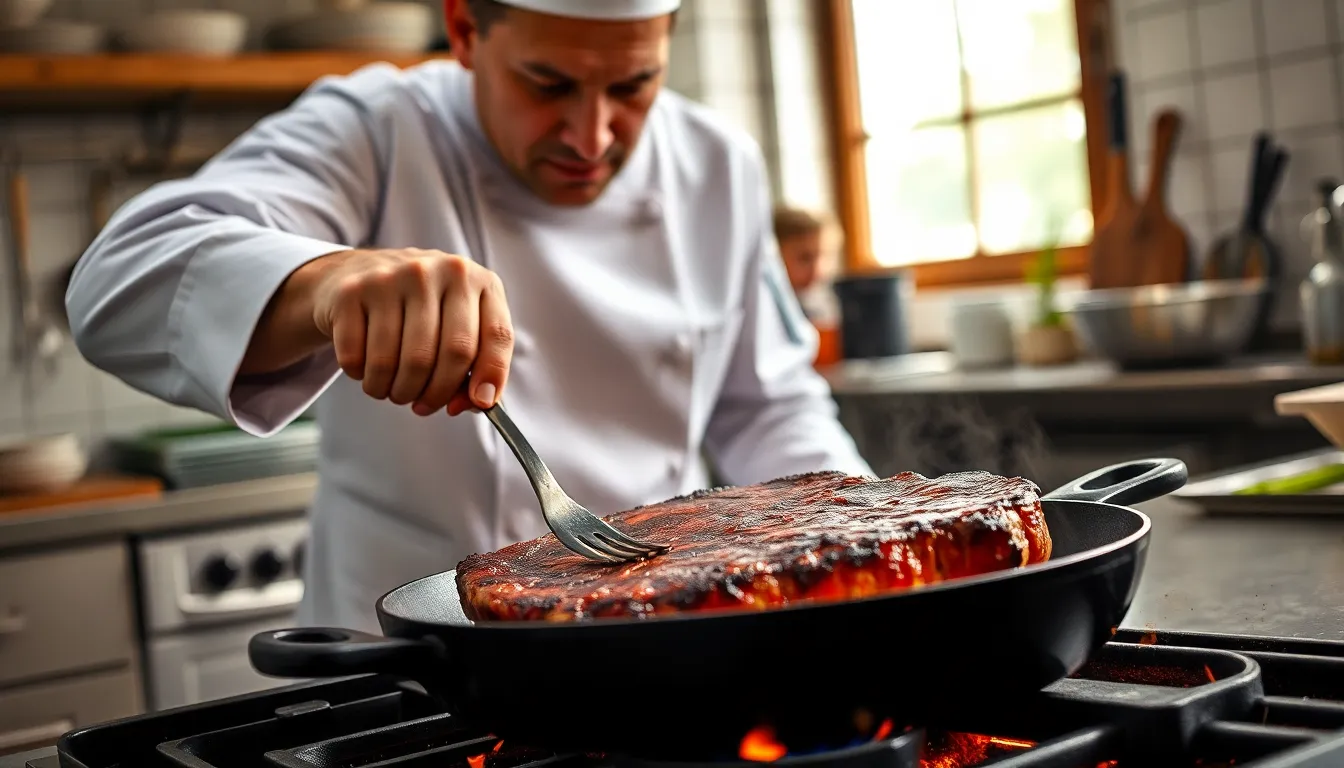
Professional chefs have mastered the art of cooking steak to perfection through years of experience and technique refinement. Their expertise offers valuable insights that can transform your home-cooked steaks from good to exceptional.
Quality Matters
High-quality steak serves as the foundation for an outstanding meal, with proper marbling being the key indicator. Marbling refers to the white streaks of fat within the meat that melt during cooking, creating juiciness and improving flavor profiles. Premium cuts like USDA Prime grade feature abundant marbling throughout the meat, resulting in richer taste and more tender texture. When selecting steaks, look for consistent fat distribution rather than large exterior fat caps, as interior marbling delivers better flavor during the cooking process.
Dry Brining
Dry brining enhances steak flavor and texture through a simple yet effective technique. Sprinkling salt on your steak several hours before cooking allows the salt to penetrate the meat, breaking down muscle proteins and creating a natural brine that improves moisture retention. This process results in more flavorful meat without the excessive saltiness that comes from seasoning right before cooking. For best results, apply kosher salt to both sides of your steak and let it rest uncovered in the refrigerator for 2-24 hours before cooking.
High Heat for Searing
Creating a perfect crust requires intense heat that triggers the Maillard reaction, producing complex flavors and appealing texture. Preheating your cooking surface to approximately 400°F ensures immediate searing when the steak makes contact. Cast iron pans work exceptionally well for this purpose due to their superior heat retention and distribution properties. Allow your pan to heat for 5-10 minutes before adding the steak to achieve optimal searing conditions that lock in juices while developing that coveted crust.
Use an Instant-Read Meat Thermometer
Accurate temperature measurement eliminates guesswork and delivers consistent results every time you cook steak. Digital instant-read thermometers provide precise readings within seconds, allowing you to monitor internal temperatures without prolonged heat loss. Different doneness levels require exact temperature targets: 120-125°F for rare, 130-135°F for medium-rare, 140-145°F for medium, and 150-155°F for medium-well. Insert the thermometer into the thickest part of the steak without touching bone or fat for the most accurate reading of your steak’s true temperature.
Common Steak Cooking Mistakes to Avoid
Cooking steak perfectly requires avoiding several common pitfalls that can compromise flavor and texture. Using a lukewarm pan prevents proper searing and crust formation, resulting in steamed rather than seared meat. Slicing steaks immediately after cooking allows essential juices to escape onto the cutting board instead of redistributing throughout the meat. Contrary to popular belief, cooking steaks straight from refrigeration often yields better results than bringing them to room temperature first. Excessive seasoning can overpower the natural flavors of high-quality beef, obscuring the very characteristics that make premium steaks worthwhile.
Conclusion
The perfect steak isn’t just about choosing between rare or well-done. It’s about matching your cut with the right cooking method while considering your preferences and available equipment. Whether you prefer the precision of sous vide the smoky char of a grill or the crusty exterior from a cast iron skillet each approach offers unique benefits.
Remember that high-quality meat with good marbling proper seasoning and accurate temperature monitoring are your keys to success. Take time to master techniques like dry brining and resting your steak properly. With practice and attention to detail you’ll soon be cooking restaurant-quality steaks that showcase your culinary skills and impress everyone at your table.
Frequently Asked Questions
What’s the ideal temperature for cooking a perfect steak?
The ideal temperature varies by doneness preference: rare (125°F), medium-rare (135°F), medium (145°F), medium-well (155°F), and well-done (165°F). For the most flavorful results, many chefs recommend medium-rare to medium. Always use an instant-read thermometer for accuracy, and remember that steak continues cooking during rest time, so remove it from heat when it’s 5°F below your target temperature.
How long should I let my steak rest after cooking?
Let your steak rest for 5-10 minutes after cooking. This crucial step allows the juices to redistribute throughout the meat instead of spilling out when cut. The resting time should be proportional to thickness—thicker cuts need longer rest periods. Tent loosely with foil to keep warm without trapping steam that could soften your perfect crust.
What’s the difference between Prime, Choice, and Select grade steaks?
Prime grade steaks have abundant marbling (fat distribution) for superior flavor and tenderness, making them ideal for high-heat cooking. Choice grade offers good marbling, juiciness, and is commonly available in supermarkets. Select grade has less marbling, resulting in leaner meat that may benefit from tenderizing methods or marinades. The grading reflects fat content, which directly impacts flavor and juiciness.
Which steak cut is best for grilling?
Ribeye is excellent for grilling due to its fat content that renders during cooking, creating flavor and preventing dryness. T-bone and porterhouse also perform well, offering two cuts in one steak. For leaner options, New York strip provides good marbling with less fat. Flank and skirt steaks work well when marinated first and cooked quickly at high heat, then sliced against the grain.
Is cast iron or grill better for cooking steak?
Both methods have advantages. Cast iron skillets provide superior heat retention and create an exceptional crust through even contact with the meat. They’re ideal for achieving restaurant-quality results indoors. Grills impart distinctive smoky flavor and allow fat to drip away from the meat. Your choice depends on whether you prioritize crust formation (cast iron) or smoky flavor (grill).
What is the reverse sear method?
The reverse sear method involves slowly cooking steak at a low temperature (225-275°F) in an oven until it reaches about 10-15°F below your target doneness. Then, finish with a quick sear in a screaming-hot pan or grill to develop a crust. This technique delivers even cooking throughout with perfect edge-to-edge doneness and exceptional crust development. It’s particularly effective for thick cuts.
How should I season my steak?
For best results, season generously with kosher salt at least 40 minutes before cooking (or overnight for dry brining). Black pepper can be added before or after cooking, depending on preference. While purists stick to salt and pepper, you can experiment with garlic powder, herbs, or compound butter added after cooking. Avoid marinades for high-quality cuts as they can mask the meat’s natural flavor.
How do I know when my steak is done without cutting into it?
Use an instant-read thermometer inserted into the thickest part of the steak for accuracy. Temperature guides: rare (125°F), medium-rare (135°F), medium (145°F), medium-well (155°F), and well-done (165°F). With practice, you can also use the finger test—comparing the firmness of your palm to gauge doneness—though this is less reliable than a thermometer.
What’s the benefit of sous vide cooking for steak?
Sous vide cooking provides unmatched precision and consistency by cooking steak in a temperature-controlled water bath. It guarantees edge-to-edge doneness without risk of overcooking and allows for extended cooking times without quality loss. After sous vide, a quick sear creates the perfect crust. This method is ideal for achieving specific doneness levels with virtually no chance of error.
What are the most common mistakes when cooking steak?
Common mistakes include cooking cold steak straight from the refrigerator, using inadequate heat for searing, flipping too frequently, cutting into the steak too soon, and under-seasoning. Also problematic are overcrowding the pan, not preheating cooking surfaces adequately, and relying on cooking times rather than temperature. For best results, bring steaks to room temperature before cooking and invest in a good thermometer.
